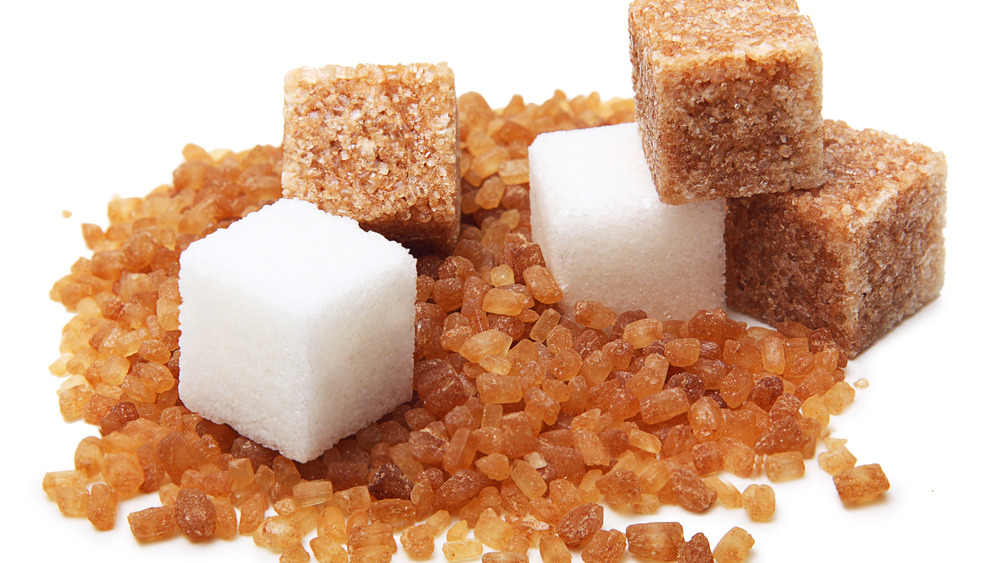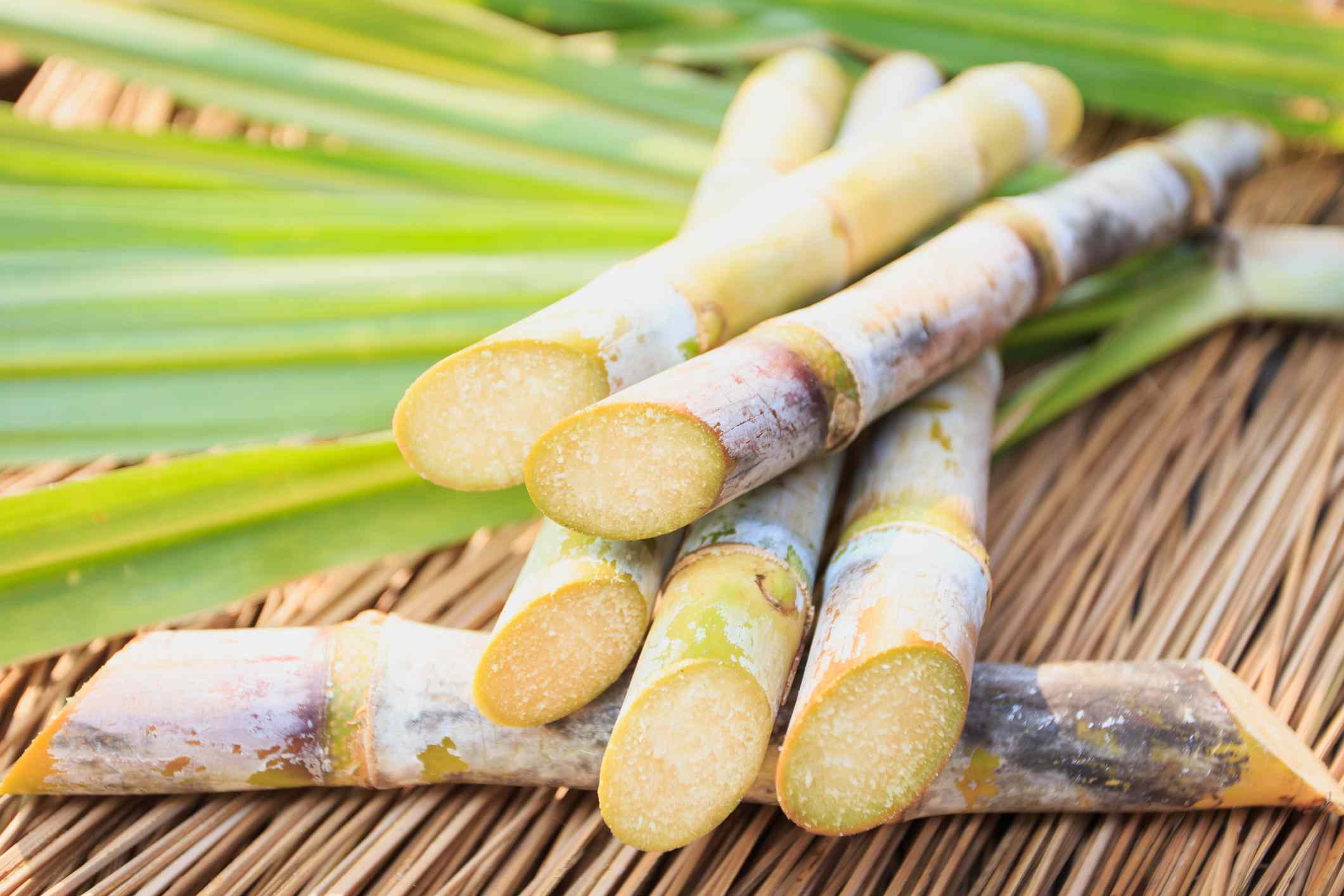Cane Sugar Processing: Innovative Strategies for Top Quality Production
An Extensive Guide to the Environmental Impact and Sustainability Practices in Walking Stick Sugar Handling
The environmental influence of walking cane sugar processing offers an intricate range of obstacles that warrant mindful exam. From soil degradation and excessive water usage to the carbon footprint associated with cultivation and production, the effects of traditional techniques are far-ranging. In comparison, the fostering of cutting-edge sustainability procedures uses a path toward much more responsible production approaches. Recognizing the interaction in between these problems is vital for stakeholders in the sector. What certain methods can be executed to strike a balance in between efficiency and environmental stewardship? The answers depend on a more detailed check out both the difficulties and prospective solutions.
Review of Walking Stick Sugar Processing
Walking cane sugar processing involves a collection of methodical steps that transform sugarcane right into refined sugar. Originally, gathered sugarcane is moved to processing centers, where it goes through cleansing to eliminate dirt and particles. Following this, the cane is squashed to draw out juice, which is then cleared up by getting rid of pollutants via heating and the enhancement of lime.
The clarified juice undergoes evaporation, where water is eliminated to focus the sugar content. These crystals are separated from the remaining syrup utilizing centrifugation, resulting in raw sugar.
The end product is after that dried out and packaged for distribution. Throughout this entire procedure, preserving performance and top quality control is necessary to ensure the sugar satisfies market requirements. Each action in walking cane sugar processing not just adds to the end product yet additionally has implications for resource use and waste generation, setting the stage for discussions on sustainability and environmental effects related to sugar production.
Environmental Difficulties of Production
The production of walking stick sugar provides several considerable ecological obstacles that warrant focus. One key concern is the comprehensive use agrochemicals, including fertilizers and pesticides, which can lead to soil degradation, biodiversity loss, and contamination of neighborhood water resources. The drainage from sugarcane areas usually lugs these chemicals right into close-by environments, interfering with marine life and impacting the health and wellness of neighborhoods reliant on these water bodies.
One more challenge is the high power usage connected with sugarcane handling. The boiling and refining phases require substantial warmth, mostly produced by burning fossil gas, adding to greenhouse gas discharges. Additionally, the large land area required for sugarcane growing can result in logging and environment destruction, more worsening climate modification and threatening wild animals.
Furthermore, the labor techniques in some regions elevate honest concerns, as workers might deal with inadequate working conditions and inadequate earnings. This situation often bolsters a cycle of poverty in neighborhood neighborhoods. Cane Sugar Processing. Resolving these environmental obstacles is vital for developing a lot more sustainable techniques in walking stick sugar manufacturing, inevitably profiting both the atmosphere and the communities included in this sector
Water and Land Use Impact
Water resources and land utilization are essential parts in the cane sugar industry that considerably affect the setting. The growing of sugarcane requires significant water input, with estimates recommending that it can take in as much as 2,000 litres of water per kg of sugar created. This intensive use water typically leads to depletion of regional water sources, impacting not just the sugarcane haciendas but also surrounding ecological communities and communities that count on the same water resources for farming and residential use.

Moreover, land usage for sugarcane farming can bring about deforestation and the conversion of all-natural environments into monoculture haciendas. This method decreases biodiversity, interrupts local ecosystems, and adds to dirt deterioration. The growth of sugarcane areas typically encroaches on important farming land, developing competitors for resources between food and biofuel production.
Lasting practices, such as maximizing irrigation methods and carrying out crop rotation, are necessary to alleviate these effects. By taking on much more reliable water use and land administration strategies, the cane sugar industry can minimize its ecological footprint, making certain an equilibrium in between agricultural efficiency and ecological conservation.
Greenhouse Gas Emissions
Greenhouse gas exhausts stand for a considerable ecological issue within the cane sugar processing sector, especially as farming methods increase to moved here satisfy worldwide need. The farming of sugarcane, a plant that thrives in exotic climates, depends greatly on artificial fertilizers and chemicals, which add to laughing gas emissions. Furthermore, land-use modifications, including logging for brand-new sugarcane ranches, launch carbon dioxide kept in greenery and soil.
Throughout handling, power usage is an additional major resource of greenhouse gas emissions - Cane Sugar Processing. Numerous sugar mills make use of nonrenewable fuel sources to power equipment and create heat, leading to substantial carbon footprints. In addition, the transport of raw sugarcane and finished items includes layers of discharges with gas burning in lorries
The advancing result of these exhausts intensifies climate modification, presenting risks not just to the atmosphere however additionally to the long-lasting stability of the market. Stakeholders must identify the urgent requirement for extensive approaches that resolve these discharges. This entails examining current farming practices, refining methods, and transportation systems to recognize areas for renovation and mitigation. Attending to greenhouse gas discharges is crucial for promoting an extra lasting walking stick sugar industry in an altering climate.

Sustainable Practices and Innovations
Lasting practices and technologies are significantly vital in the walking cane sugar processing industry as stakeholders look for to minimize environmental impacts while preserving productivity. One significant innovation is the execution of incorporated plant monitoring, which maximizes source use by incorporating dirt management, parasite control, and plant turning techniques. This method enhances return while lessening chemical inputs and maintaining soil health.
Additionally, the fostering of sustainable energy sources, such as biomass from sugarcane deposits, has gotten grip - Cane Sugar Processing. By converting waste products right into energy, processing centers can lower their reliance on fossil fuels, therefore lowering greenhouse gas discharges
Water monitoring practices have likewise seen renovations through the recycling and reusing of water in processing plants, dramatically reducing freshwater usage. Advancements in modern technology, such as precision agriculture, allow farmers to keep an eye on plant wellness and resource usage better, making certain lasting farming practices.
Furthermore, certification programs like Fair Trade and Jungle Alliance motivate ecologically accountable farming methods and advertise social equity within the supply chain. By welcoming these lasting methods and advancements, the walking cane sugar handling sector can boost its strength and add favorably to ecological stewardship.
Final Thought
The environmental effect of walking cane sugar handling provides considerable difficulties, including soil degradation, high water consumption, and greenhouse gas emissions, alongside ethical problems connected to labor techniques. Resolving these concerns via lasting techniques, such as incorporated crop management, renewable power fostering, and water recycling, is crucial. By advertising socially equitable and environmentally responsible approaches in sugar manufacturing, the market can reduce its unfavorable effects, making certain an extra sustainable future for both environments and communities entailed in this market.
Cane sugar handling entails a series of systematic actions that transform sugarcane right into he said refined sugar. Each step in walking cane sugar processing not only adds to the last product yet also has effects click this for resource use and waste generation, setting the stage for conversations on sustainability and environmental effects connected with sugar production.
Greenhouse gas exhausts represent a substantial environmental concern within the cane sugar handling industry, specifically as agricultural practices increase to fulfill global need.Sustainable techniques and technologies are progressively vital in the walking cane sugar processing market as stakeholders seek to lower environmental influences while maintaining performance.The environmental effect of walking cane sugar processing offers significant difficulties, consisting of soil destruction, high water intake, and greenhouse gas emissions, together with moral concerns associated to labor techniques.